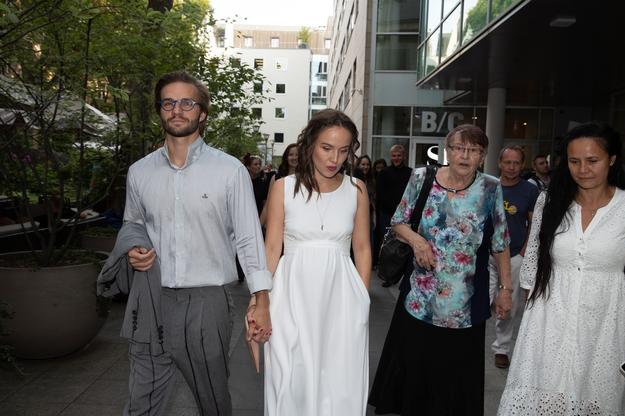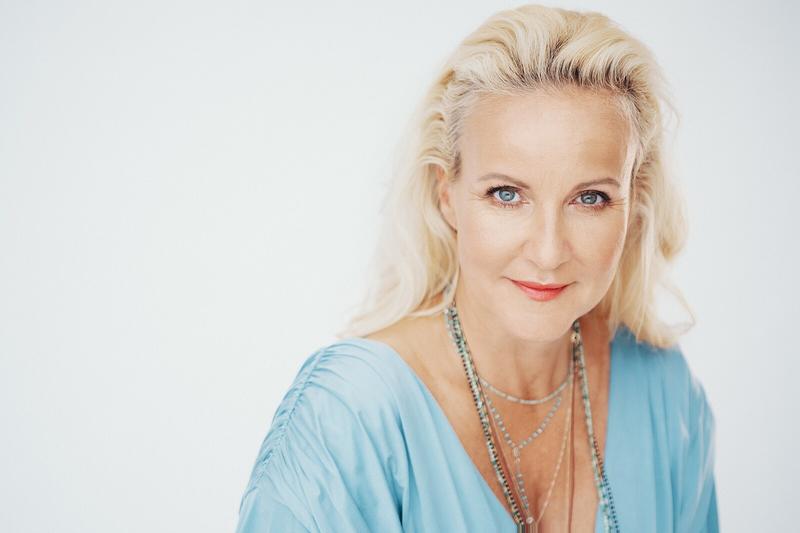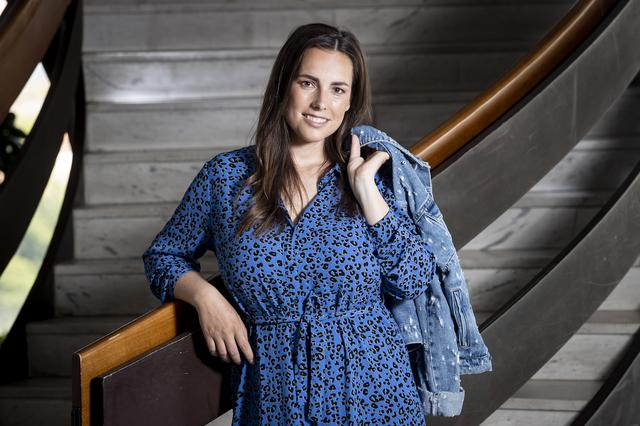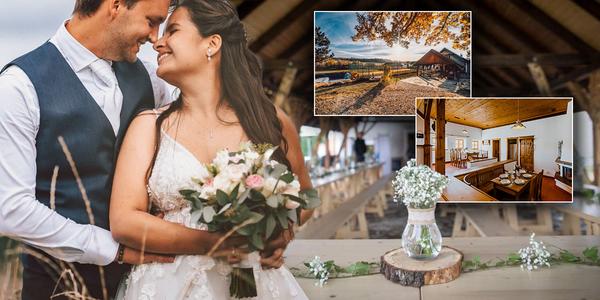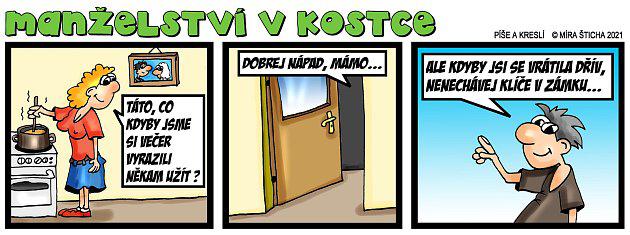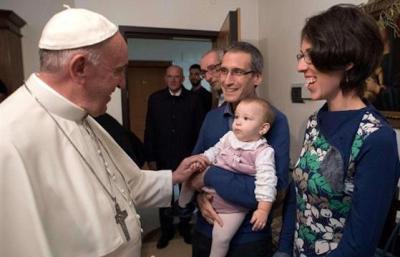Sandtner cookbooks: A must for every good housewife<
Sandtner cookbooks: A must for every good housewife
Sandtner cookbooks, as they were called at the time, sat on shelves and sideboards in every family. They were simply not allowed to meet any of the ladies of the house. Even in Marie Majer's Robinson, a lady tells another that she never learned to cook: "That's why the man bought me a sandtner and told me to cook according to it."
However, the name of Marie Janků-Sandtnerová somehow faded in history, overshadowed especially by the famous Magdalena Dobromila Rettigová. But it didn't just provide pleasure for the stomach.
The essence of her contribution to Czech women was captured in 1934 by music critic and historian Zdeněk Nejedlý.
He wrote: "Dobromila penetrated very deeply and very far into Czech life precisely because it penetrated even into the kitchen, into the most private world of the housewives of that time. No poetry would ever get in there, but the cookbook got in there and did its work outside the kitchen. Here, women learned to read who otherwise would never have learned to read.” He was right.
Marie Janků-Sandtnerová had already worked with women for whom the Czech language was a matter of course.
Thorough and detailed recipes
"The book contains not only simple and cheap dishes, but also dishes for a richer table to meet the needs of all classes of citizens. I have tried all the regulations and budgets laid down here during my many years of teaching experience with female students," characterized Marie Janků-Sandtnerová in her famous "Book of budgets and cooking regulations: For all housewives to safely prepare good, tasty and cheap meals" from 1925. She prepared thoroughly to write it down - she listed 1347 recipes in it.
This literally created a bestseller. From its first publication to 1947 alone, the book reached eighty-five reprints. Marie had all the prerequisites for creating original recipes. She stuck to the motto: clear recipes, detailed procedure, excellent result.
She herself came from the middle-class family of the lithographer and stone factory owner Otto Sandtner and his wife Josefa. She learned to cook from her mother. She attended the Municipal High School for Girls, after which she graduated from the Cookery and Economics School in Prague. She completed her education at the Teachers' Institute in Brno.
She deepened her experience in food preparation as a teacher at the Girls' High School in Vodičková Street. And that was just the beginning (the history of gastronomy is covered in the book Praise of Czech Cuisine by Mr. and Mrs. Schreiber and Yvetta Dorflá, Perseus 2016).
The husband as a taster
“Mothers must show their daughters the secret of cooking. I very warmly recommend that even the boys are taught how to behave in the preparation of meals. They need this knowledge in scouting, in the army, in armed conflict, and finally, if a mother or wife falls ill, a man who knows how to run a kitchen without embarrassment takes over the cooking," claimed Janků-Sandtnerová in a completely innovative way.
She experienced the armed conflict firsthand - between 1916 and 1918, the Prague municipality entrusted her with the management of a soup kitchen for the poor and disabled. She ran a total of five kitchens and offered up to ten thousand dishes a day.
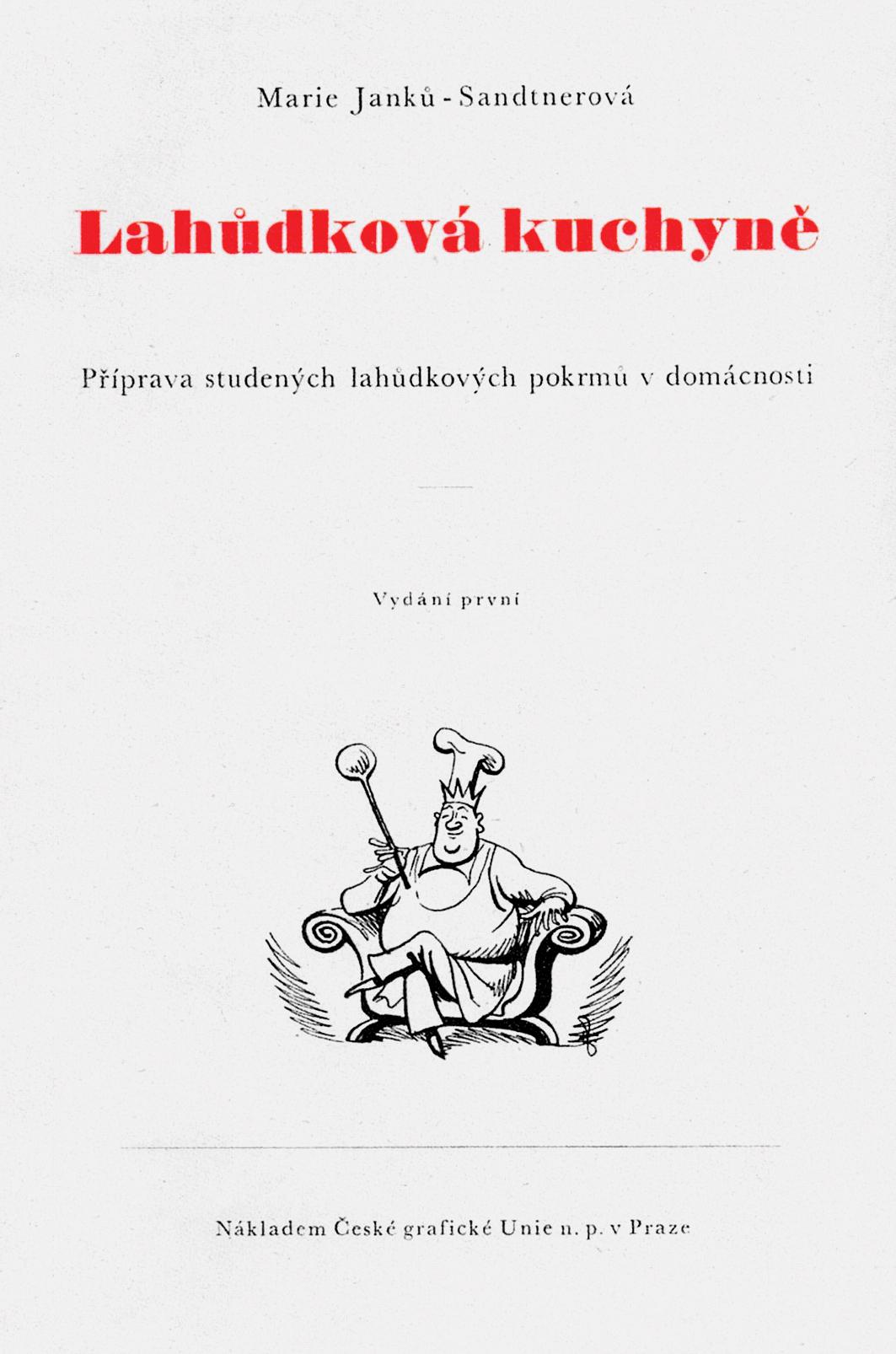
At the same time, she adhered to exact procedures - weighing, measuring and time. She made her husband František Janků, six years older than the postmaster, the chief taster. She listed him as a co-author in later editions of her cookbooks.
She had the perfect family background for her cooking.
Brain and chestnut pudding
After the First World War, the Jank family moved to Řevnice to a family villa. In the courtyard stood a covered kitchen called Maria's laboratory. The house also included an orchard and a small farm with turkeys, geese and chickens.
Famous people, for example Vlasta Burian, went to the home of a successful cooking family for feasts.
In 1926, the author of many recipes visited Paris. She admired the Cordon Bleu cooking school and published her work French Cuisine upon her return.
Her food preparation was as varied as possible. Mrs. Janků cooked thymus soup, veal soup, millet soup, sago soup, and beer soup. She stuffed pigeons, baked croquettes, added Swiss chard to veal, prepared mayonnaise without oil.
For dinner, she served porridge with sausage, brain and chestnut pudding and various sauces, for example celery, cucumber or lemon.
During the economic crisis in the 1930s, she experimented with what nature gave. She offered snail and crayfish soups, pea meatballs with carrots, and a salad made of watercress leaves.
Wounds of fate
Janků-Sandtnerová died in 1946. Her work was continued by another woman from an intellectual background.
Marie Tilschová, called Mimi in her family, was born on July 13, 1896. From her father Emanuel Tilsch, a law faculty professor, she inherited a direct and decisive nature. Literary talent again after her mother, the writer Anna Maria Tilschová.
She didn't go to school, she learned at home. She began her studies at the Minerva eight-year high school. She was quite happy and balanced until the age of twelve. Her carefree life ended at twelve when her father committed suicide for unknown reasons.
This meant a big blow to the family, not only emotionally, but also materially. Everything was made even more difficult by World War 1, in which Mimi's mother lost her father and two brothers.
The charming dark-haired Marie overcame the unkindness of fate only thanks to her long-term acquaintance with the doctor of law Karl Chytil, the son of the art historian of the same name and the founder of the Museum of Applied Arts in Prague. She married him in June 1918, the witnesses were dr. Jaroslav Goll and the painter Alfons Mucha. At that time she was already studying law. And again, as if she were haunted by a curse.
Journey to Slovakia
In the years 1918-1920, the Spanish flu (influenza) pandemic raged all over the world. In the Czech lands alone, according to various sources, 44,000 to 75,000 civilians succumbed to it. In October 1918, Mimi's new husband Karel died for her.
She never returned to study law. Instead, she applied to the Faculty of Arts at the Charles University to study botany. She was the first woman to stay at the Pomological Institute in Troja. She went to practice with assistant PhDr. Vladimir Úlehl. And it was there that she met his law student brother Miloš. She married him on December 20, 1920, and because of his work duties, she left Prague – first to Uhorská Skalica, where the couple's son Ivan was born.
This was followed by a transfer to Kremnice, where Miloš held the position of district chief and where his second son Igor was born in 1924.
In Vienna, did the Czech service learn to prepare Viennese schnitzel and apple strudel, or did they, on the contrary, establish the fame of Viennese cuisine with their skill?Ten years later, Úlehl landed in Banská Bystrica. Marie Úlehlová-Tilschová was not idle.
She translated and cooked
She translated from English and French, but later devoted herself mainly to nutrition. She loved the varied Slovak cuisine, mixed with Hungarian, German and Jewish cuisine.
She also devoted herself to Austrian gastronomy, which found itself out of favor after the establishment of the republic in 1918.
She wrote about her: "In the Austrian monarchy, there was a lively exchange of workers with the capital city of Vienna. Many Czech girls left Bohemia and mainly South Moravia to serve in Vienna. And so the question is whether these Czech maids learned how to prepare Viennese schnitzel and apple strudel in Vienna, or on the contrary whether these girls did not establish the fame of Viennese cuisine with their skill.
At the same time, she also studied nutrition and hygiene, including the nutrition of small children, about which there was no information. Brother-in-law Vladimír Úlehla invited her to publish her findings. And so it happened.
The most important thing is the daily diet
In 1928, Mimi published together with Maria Tippman the book Practical and economical cookbook, and two years later her own work Modern cookbook, which was used for a long time as a teaching aid in professional schools and was the first ever to use clear tables to prepare meals.
In addition to other books, she wrote Czech folk food with five chapters - In the forest by the water, On the field and in the mill, On the farm and behind the threshing floor, On Friday and on a holiday and Every day. After the Second World War, she published Chuťovy topography.
Actress Jiřina Šejbalová wrote the introduction to it.
In the 1930s, Marie Úlehlová-Tilschová visited the University of Hygiene in London and the Central Institute of Nutrition in Moscow.
Her principle was: "For health, however, the food of the weekday is of far greater importance than the festive diet, than occasional fasting or feasts, because it is repeated regularly for years and years, and therefore works most effectively, similar to a drop that hollows out a stone not by force, but by the fact that it still falls.'
But life gradually changed.
After Munich, the Úlehls had to return to Prague, where Miloš worked at the Waterway Construction Directorate. At that time, Marie published Leaves from the Czech cookbook sorted by crops. In 1945, another blow struck her - her second-born son, Igor, died in April.
She continued her work even after the death of her husband in 1965. She worked in the editorial office of the magazine Výživa and in the Society for Rational Nutrition. She died on August 9, 1978.
Both famous cooks also had their male successors
| You may find Zboží.cz useful: |


 Tags:
Tags: Prev
Prev
